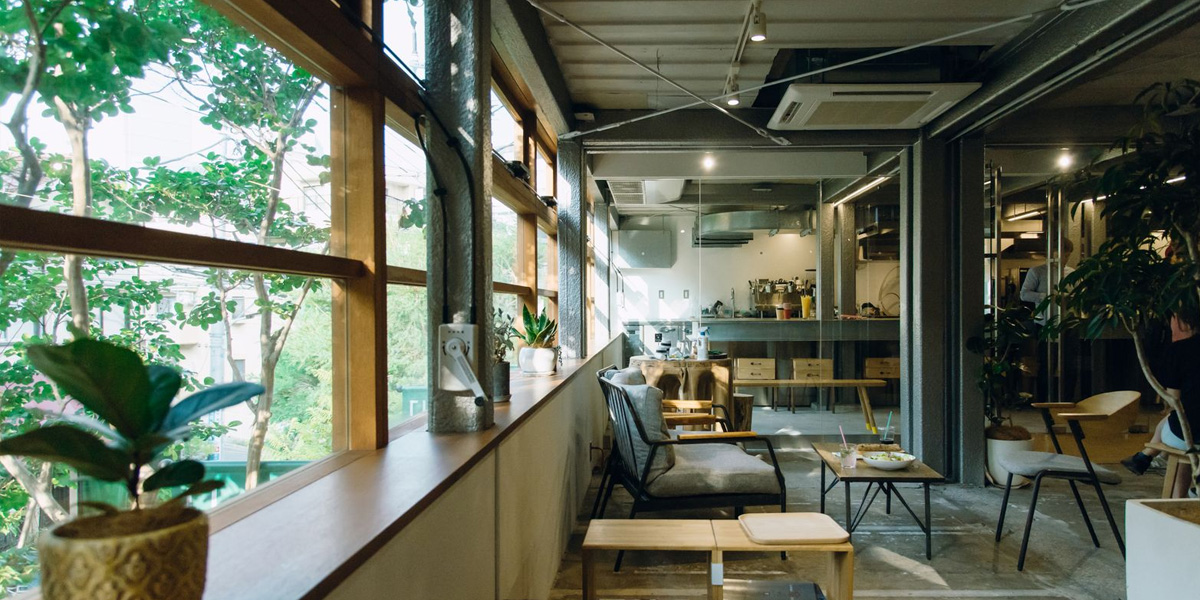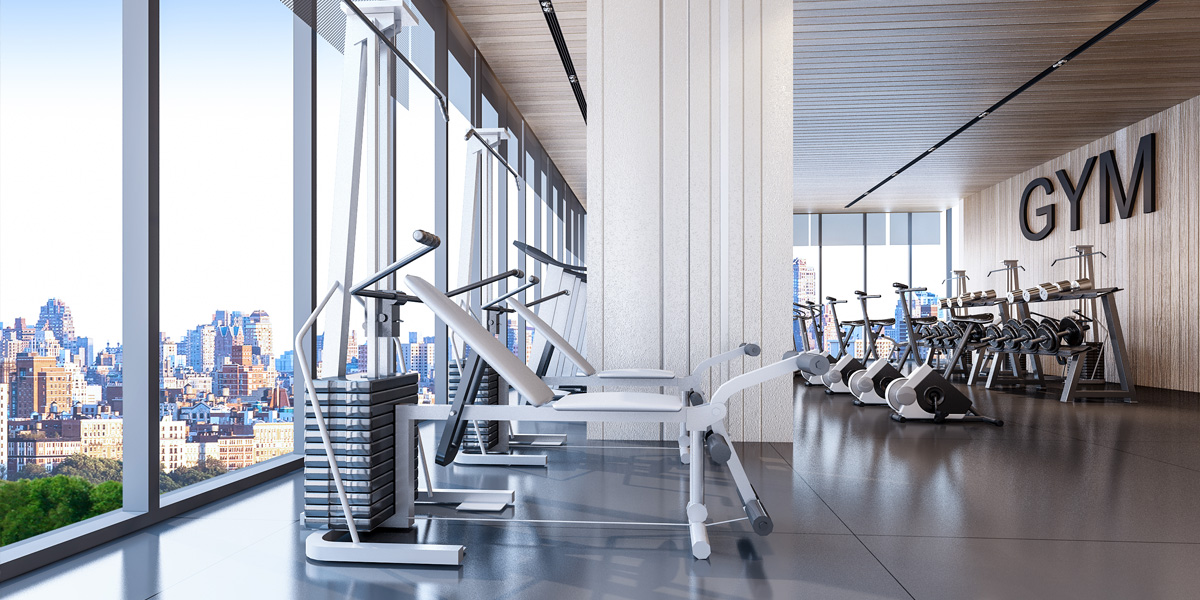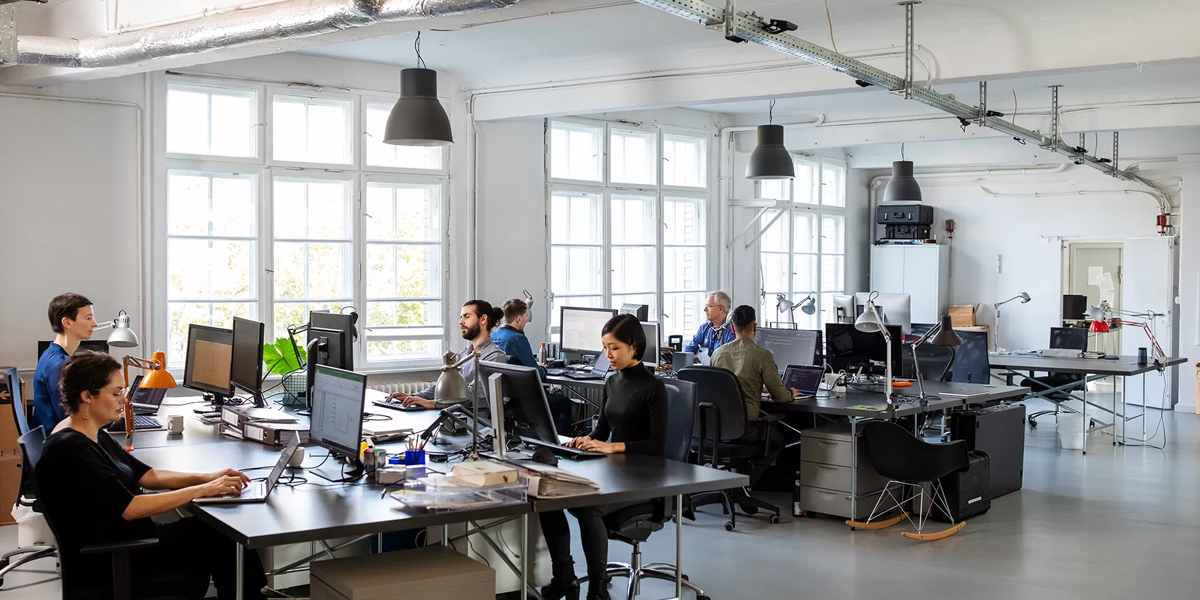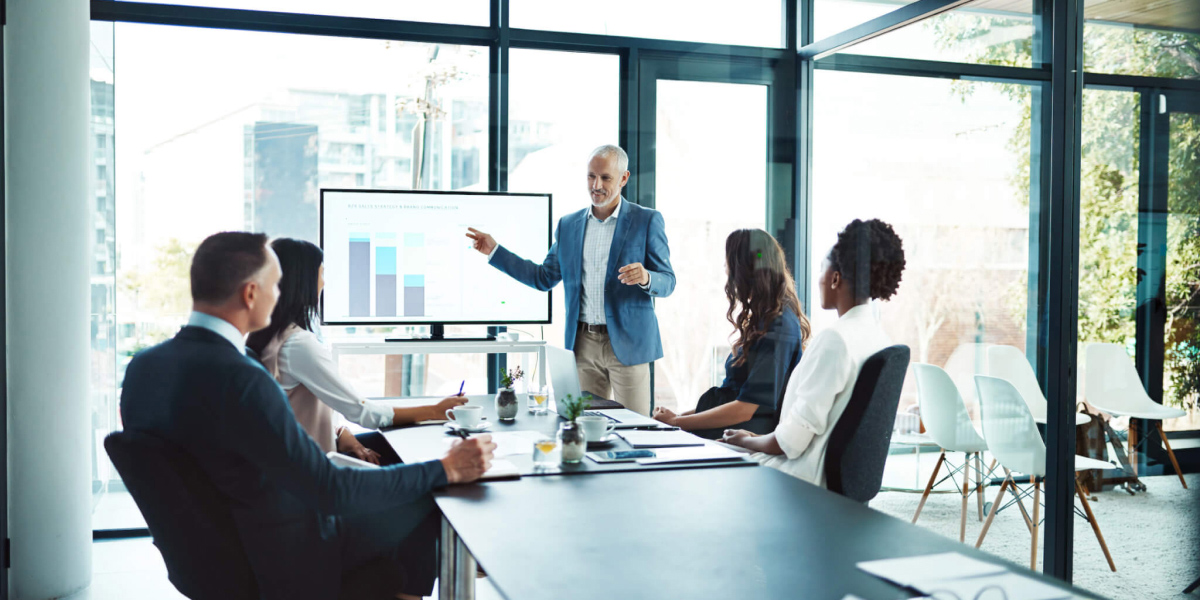The Impact of Office Design on Employee Productivity
We’ve seen the modern workspace evolve in the last 20 years. From the elimination of cubicles and the adoption of open floor plans in the early 2000s to the 2015 trend of incorporating recreational commodities, like foosball tables and sometimes even a basketball ring, right in the middle of offices. Such trends recur from time to time but what never gets old is the reason behind all these efforts: enhancing the productivity of their employees.
Does Office Design Really Affect Productivity?
The simple answer is YES.
According to Fellowes Workplace Wellness Trend Report, 87% of workers would like their employers to provide healthier workspace benefits; while a staggering 93% of tech employees said that they would stay longer with their current employers with healthier workplace benefits like wellness rooms, sit-stand desks, and ergonomic seating, among many others.
Poor workplace design was reported to contribute to workplace issues like low morale, stress, and concentration struggles. With all this information, it’s clear that employers need to provide office styles that encourage and improve productivity.
Office design aspects that encourage productivity
- Flexibility
Workplace flexibility is simply having a designated space for each task and activity. Having a flexible space for your employees to exploit has been proven repeatedly to increase productivity and efficiency.
For example, if the main workplace has an ongoing activity involving a lot of noise, there should be a quieter space for other employees to move for better concentration.
- Bring the outdoors inside
Maximizing natural light with windows and skylights helps in replicating the outside environment. It has been verified that a biophilic environment improves overall mental well-being and reduces stress while enhancing the self-confidence of employees. There are multiple ways to incorporate nature into your workplace, like small fountains and corner plants. Offices with incredible roof terraces, courtyards, and gardens are not so unusual nowadays.
- Psychology of Colour
If your office paint is white, off-white, or any variation of white, then stop right there. White is one of the worst colors to paint your workspace if it’s productivity and efficiency you’re looking for. Like it or not, white is boring and urges reflection unrelated to work.
On the other hand, n and blue shades are the way to go if you want to encourage concentration, while yellow helps with enriching the thought process.
- Smart Devices, Technology and Automation
Superfast WiFi, wireless monitors, interactive whiteboards, and smart assistants are just a few examples of how technology can make the job easier for your employees. Technological advances like these promote smoother operations and are definitely an excellent method to quickly increase productivity.
- Ergonomic Workstations
Nothing beats an employer that shows how they care about their employees’ well-being. Providing supportive seats, efficient desk layouts, and standing desks are great methods to support employee health at work.
Study shows that neck and lower back pains are one of the most common causes of employees taking unexpected day offs from work. With this information, workplace design should be more employee-centered to keep them healthy and motivated to get the job done.
Conclusion
Truncated workplace productivity has been a growing concern for many companies internationally. WIth the fast-growing economy, companies struggle to get the outputs they need from their employees because of various reasons that distract them. One of these distractions has always been the visual and feel of their workspace.
Employees tend to get easily distracted by minute issues such as noise disturbance and poor lighting. To eliminate these, companies should start investing more in making their offices more inviting and motivating to enhance their employees’ efficiency.
We’ve seen the modern workspace evolve in the last 20 years. From the elimination of cubicles and the adoption of open floor plans in the early 2000s to the 2015 trend of incorporating recreational commodities, like foosball tables and sometimes even a basketball ring, right in the middle of offices. Such trends recur from time to time but what never gets old is the reason behind all these efforts: enhancing the productivity of their employees.





